The Art of Coffee
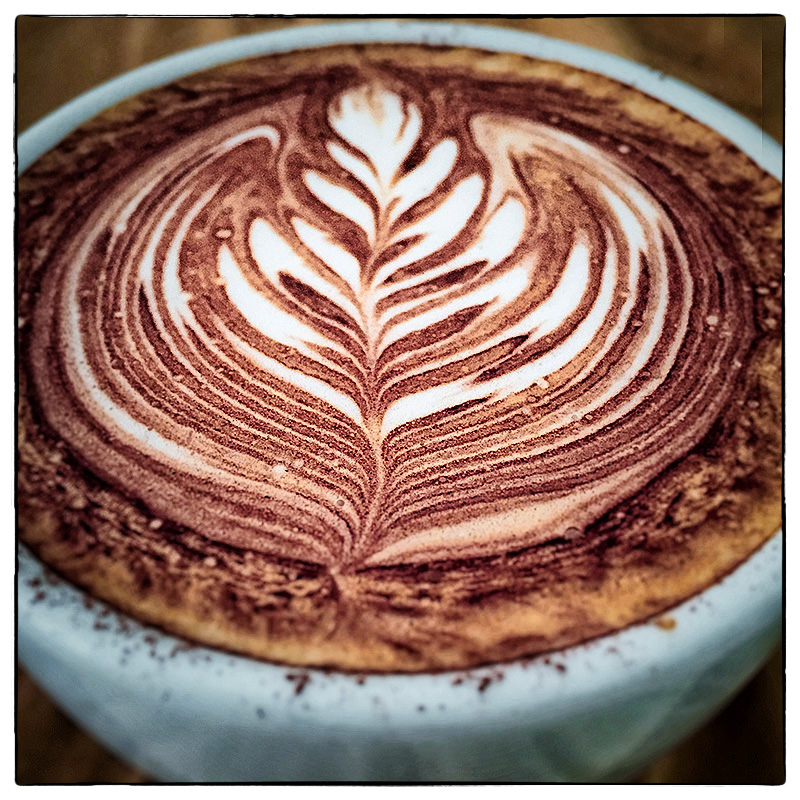

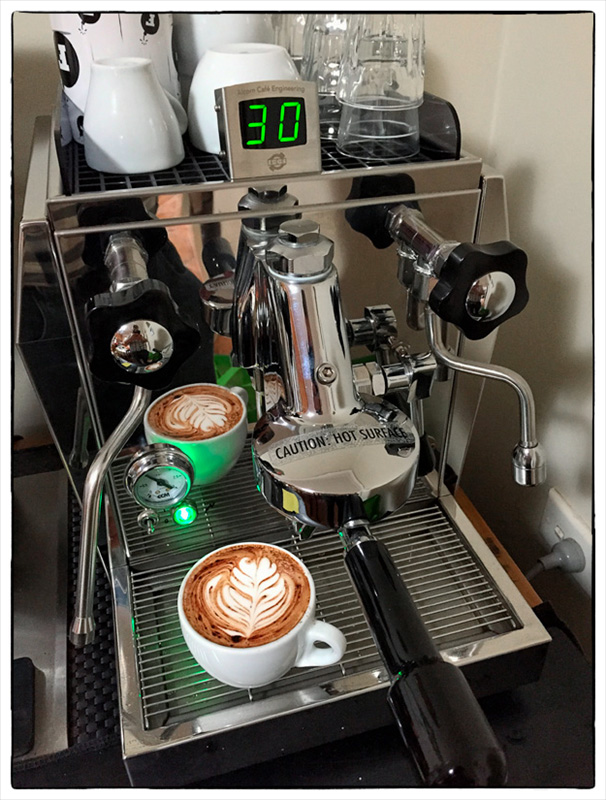
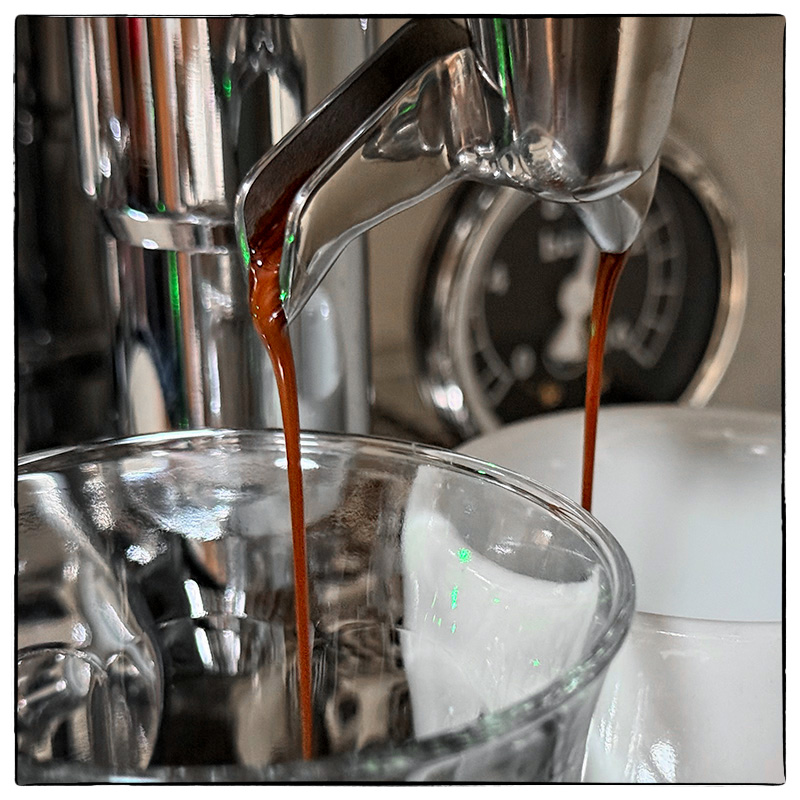
This section will showcase our ongoing and future work in coffee. It will serve as a dedicated space for sharing projects, experiments, and insights, reflecting our passion for coffee alongside our primary academic and professional pursuits.
Over the course of time, we will continue to add to this section, our coffee related journey, images and resources.
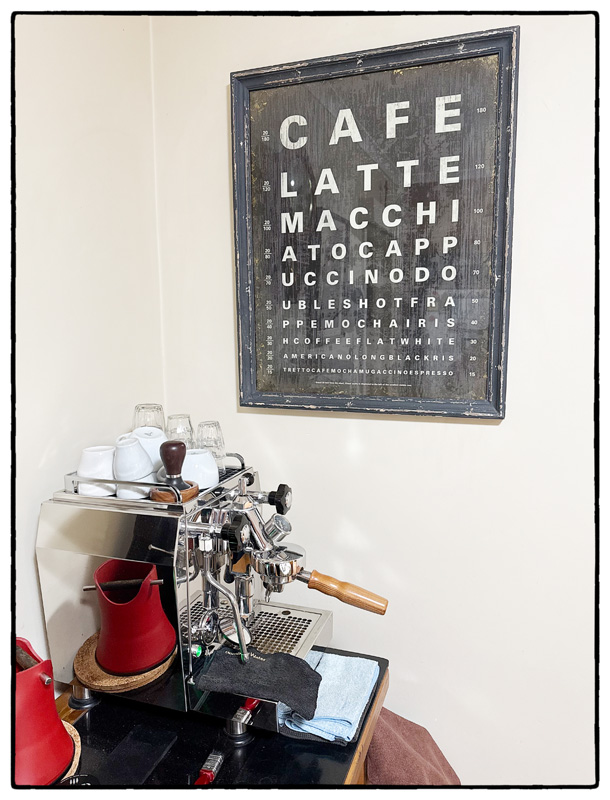
My introduction to the world of coffee began in 1999, when my curiosity about espresso machines and the art of coffee preparation started to grow. During this period, I developed a genuine appreciation for quality coffee and began actively seeking out coffees with exceptional characteristics. It is important to note that the Australian coffee culture we recognise today was still in its early stages during the late 1990s, and the scene was vastly different from what it has since become. Australia's connection with coffee dates back to the arrival of the First Fleet in 1788, when coffee was first introduced to the country.
My journey took a more serious and dedicated direction in 2006, as I sought formal education and a deeper understanding of coffee. This period was marked by a strong desire to establish a high-end coffee setup in my own home, reflecting my passion for the craft.
In May 2007, I made a significant investment by purchasing an ECM "Giotto" Espresso machine, which I paired with a Mazzer Mini-E grinder. Both pieces of equipment are renowned for their Italian design and manufacturing quality. The year 2007 was also notable for ECM, the Milan-based company "Espresso Company Milano", as it marked a turning point in their manufacturing history. As a result, sourcing the iconic "Giotto" coffee machine became increasingly difficult during this time.
In 2007, ECM faced financial difficulties, however, the home espresso machine division of ECM was acquired by two New Zealand partners, Andrew Meo and Daniele Berenbruch to carry on the tradition of Italian manufacturing, rebranding as Rocket Espresso.
In 2008, Rocket Espresso launched the new Rocket Giotto featuring significant improvements on the original ECM Giotto, and quickly gained support and respect in the coffee industry as a premium home espresso machine.
The Iconic Giotto model espresso machine was introduced into the market around 1997 as a professional grade home coffee machine by the Italian company, "Espresso Company Milano" (ECM), a company that was established in the late 1970s by two business partners, Friedrich Berenbruch and Ennio Berti. ECM was known for is hand-made, high-quality commecial espresso machines built in Milano, Italy.
The Giotto "classic", gained its iconic status, some will say, the "godfather" of home espresso machines, for its strong aesthetic appeal, E61 group and overall functionality that was capable of reproducing café quality espresso at home.
The Giotto espresso machine is part of the "E61" style group, which is renowned for its heat-exchange (HX) system. This design utilises the main steam boiler (and its heating element) to heat the brew water contained in a separate smaller vessel housed inside the main boiler, this key feature of the Giotto is known as it's thermosyphon circulation system. By using the thermosyphon system, the Giotto is able to maintain the ideal temperatures for both brew water and steam simultaneously. This approach eliminates the need to alternate between the brewing and steaming cycles, ensuring a more efficient and consistent operation.
In 2008, I encountered my second career redundancy. This event marked a major turning point in my professional journey, prompting a significant change in direction. The timing was particularly challenging, as it coincided with the recent birth of my son just four months earlier, adding considerable stress to an already difficult period.
To support my family and generate income during this transitional phase, I began offering contracting services under Nightlase Technologies. This move allowed me to maintain financial stability while exploring new career possibilities.
In early 2009, I joined Espresso Company Australia (ECA) as a service technician. ECA, the Australian importer of Rocket Espresso and a wide range of other products for the coffee industry, has remained a significant part of my life ever since. My time with ECA has been instrumental in shaping my technical skills, knowledge and experience in coffee equipment.
The opportunities provided by Espresso Company Australia have enabled me to enhance my expertise in the field. Notably, my role at ECA allowed me to work on and upgrade my original ECM Giotto coffee machine, further deepening my practical skills and passion for the industry.
For the past two decades, my involvement in the coffee industry has been marked by continual growth and the development of meaningful relationships and skills. This journey has been both personal and professional, with each step deepening my appreciation and understanding of coffee. I have dedicated myself to learning and connecting with others in the coffee world. The relationships I have formed have played a significant role in shaping my journey, providing support, inspiration and opportunities to share knowledge and experiences.
From ECM to Rocket Giotto -
In March 2014, I acquired a Rocket Giotto Evoluzione V2. At the time, the machine was essentially a 'flat pack', having started its life as a test subject. It wasn't until 2017 that I undertook the full assembly of the Rocket Giotto,
a rewarding project that allowed me to further hone my technical skills.
This newly built machine replaced my 2007 ECM Giotto, which had served me faithfully for many years. In 2020, I decided to pass on the ECM Giotto, along with my coffee grinder project, to my sister and brother-in-law in the Hunter Valley. This gesture not only continued the machine's legacy but also shared my passion for coffee with family.
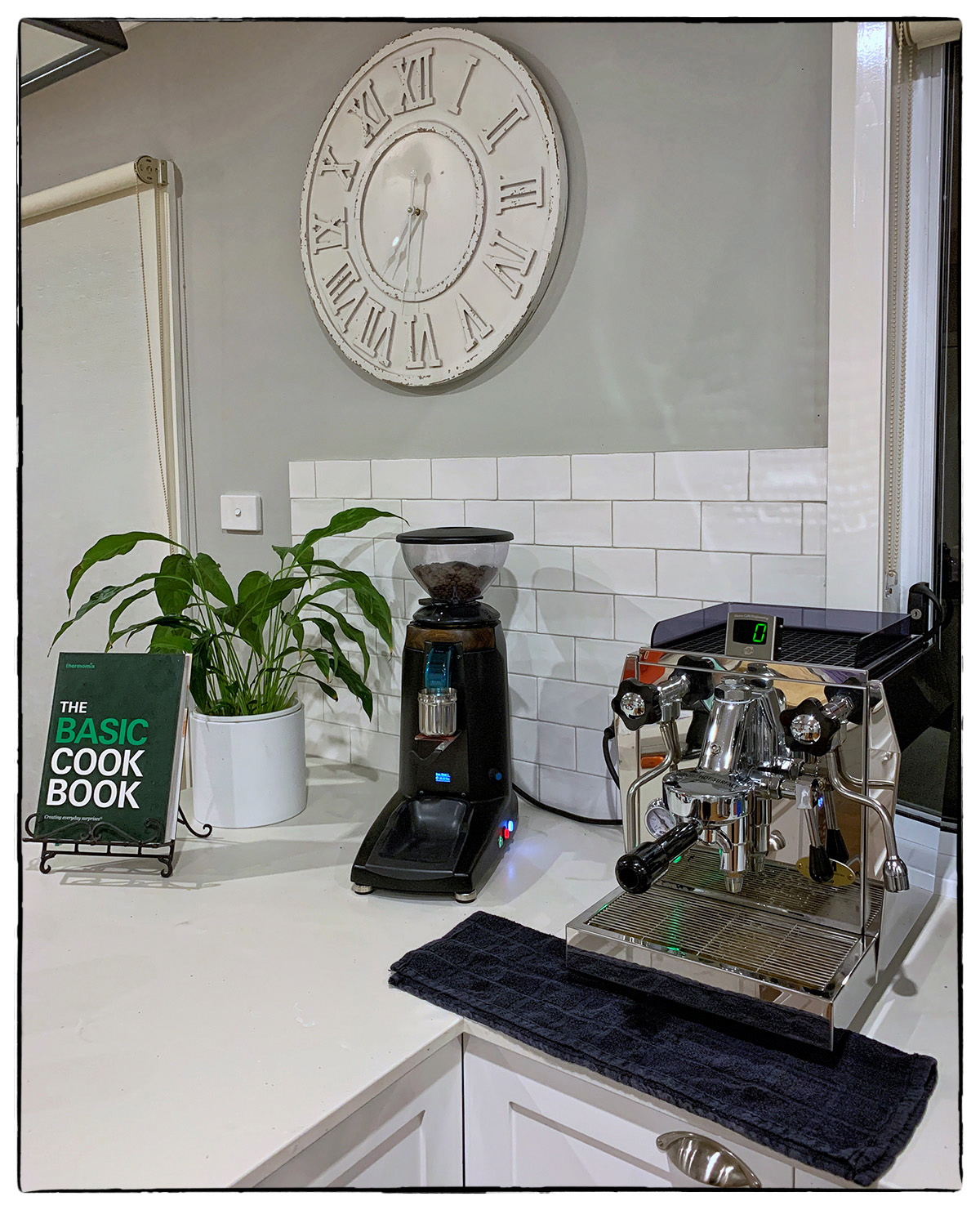

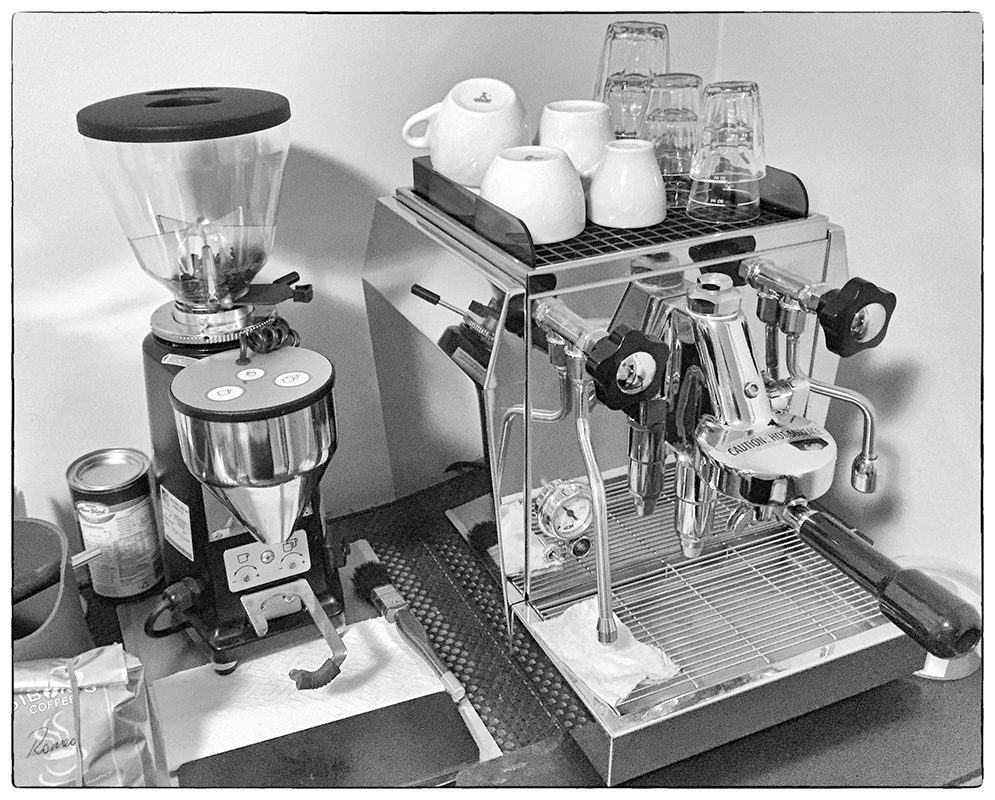
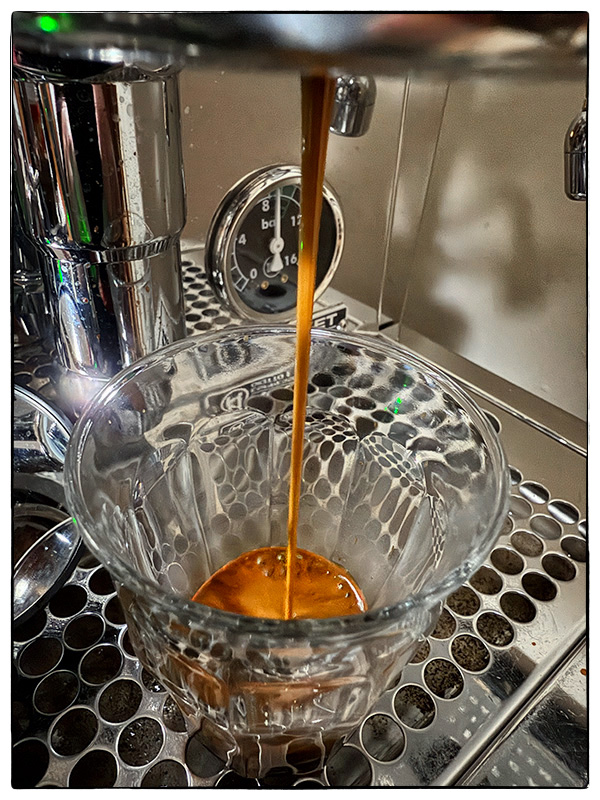

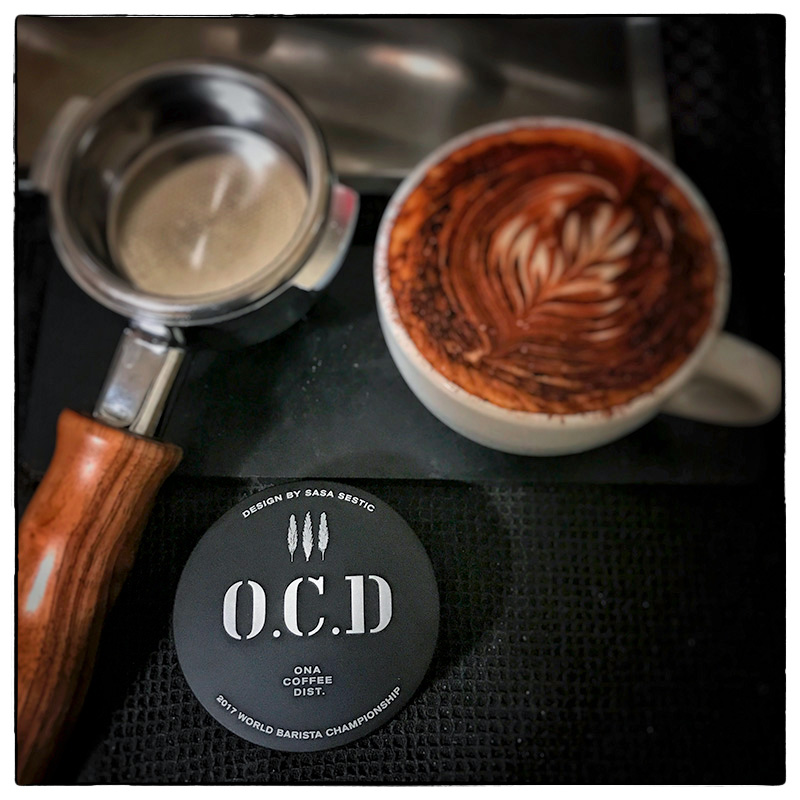
Going back to around late 1999 and into 2000, one of my little regular haunts was New Orleans Café in Crows Nest. With live music and open into the evenings, it was the go-to when catching up with friends for a coffee or good meal. I can remember, it was also at this time when my interests in coffee grew, finding myself inspecting what coffee machines the café was using and envisioning having a machine of such calibre at home.
To this day, I have the mug in my collection. This café is missed amongst many.
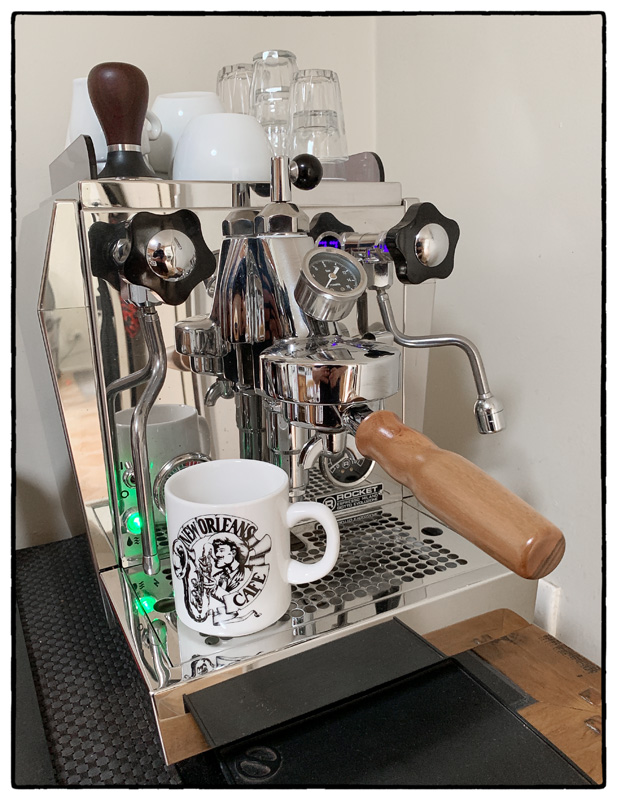
In 2010, while undertaking a photography course through a separate opportunity, I was assigned the task of developing a small photo story. Inspired by my longstanding interest in coffee, I chose to create a series of images that documented the journey of coffee from its origins on the tree all the way to the finished cup.
The original idea focused on illustrating the basic stages: the growing of coffee, roasting, grinding, and finally, the enjoyment of the brewed product. This visual narrative aimed to capture the essential steps involved in transforming coffee cherries into a beverage cherished worldwide.
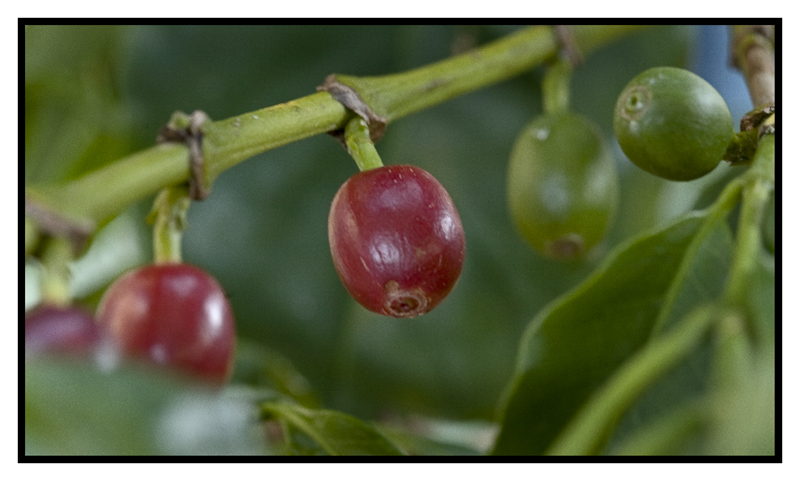

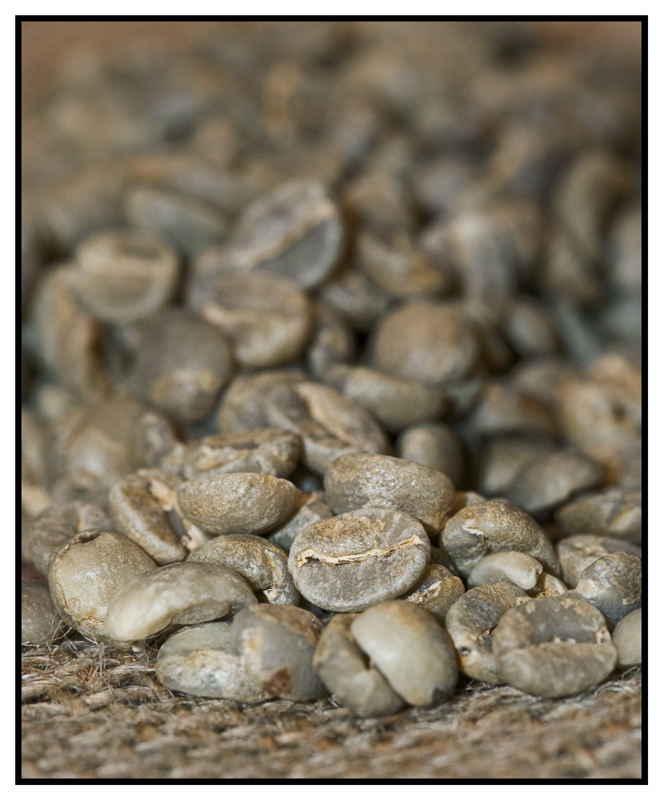



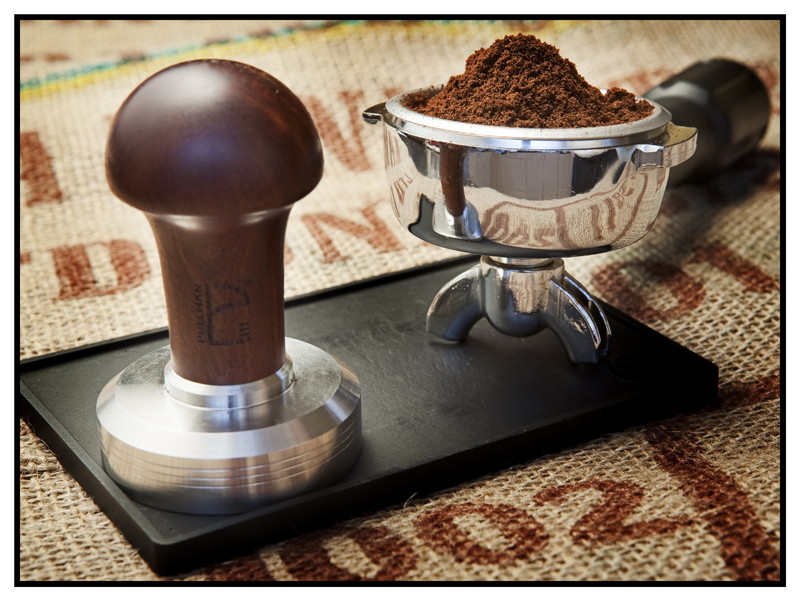




Over time, my knowledge of coffee has deepened, revealing a far more intricate and detailed process. This complex journey encompasses a variety of stages, beginning with the coffee's origin, the
specific varietal grown, and the farms responsible for cultivation.
The processing of raw coffee is a complex step, involving several distinct methods. These include the natural (dry) process, the washed (wet) process, honey processing, and the semi-washed process. Each of these methods imparts unique characteristics to the beans, influencing flavour and aroma profiles in the final cup.
Once processed, green coffee beans are carefully graded for factors such as size, defects, imperfections, and moisture content. After grading, the raw coffee is generally packed into large Hessian sacks, each typically weighing between 60 and 70 kilograms, to be shipped and stored before roasting.
The roasting stage introduces another layer of complexity and scientific precision. During roasting, a series of chemical reactions take place, transforming the sugars, acids, and organic compounds in the beans. It's these reactions that are responsible for developing the complex aromas and flavours that make coffee so enjoyable and distinctive.
For over 25 years since the journey began, the adventure has continued, filled with countless stories and memorable encounters. Throughout these years, I have met many remarkable individuals, some in bustling cafés and others who have become close friends. Each connection has contributed to the tapestry of my coffee journey, which remains ever-evolving.
I wish to express my deep gratitude to those who have been instrumental along the way. Among them, Dean and Rose Kiner devoted 20 years to the ownership and operation of Siboni's Coffee in Pymble, NSW. Their small boutique roastery became a cherished part of the local community, known for its quality coffee and welcoming atmosphere. On 1st September 2025, Dean and Rose retired, passing the torch to the new owner, Andrew Brown, who will guide the business into its next phase.
The impact Dean and Rose have had on me is enduring and unforgettable. Their unwavering commitment and genuine passion for coffee have deeply influenced my own journey in coffee and most recently, coffee roasting, establishing a high standard that continues to shape my approach and aspirations.
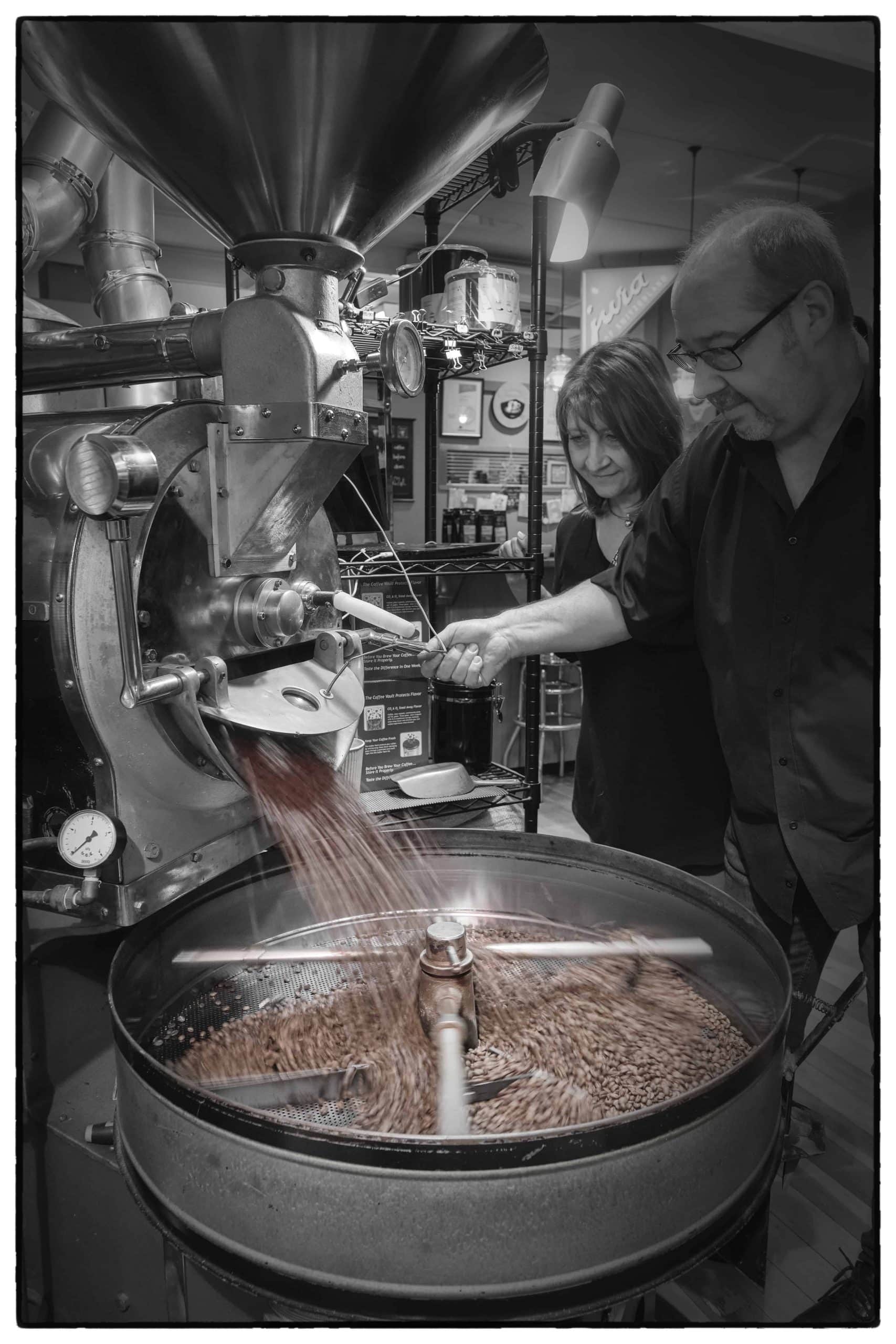
My journey has also been enriched by the support and expertise of the Family at Espresso Company Australia, Charles Stephens, and many others with whom I continue to be involved. These relationships have provided invaluable professional industry experience. I am grateful for the opportunity to learn from so many within the coffee industry, each of whom has helped shape my path and deepen my appreciation for the craft.
As a photographer, artist, and creator, I believe that an essential part of developing one's unique style, knowledge, and experience is to own and appreciate the works of others. This philosophy guides me not only in my creative practice but also in the way I support small local businesses, much like I do with our cherished local cafés.
Over the years, I have cultivated a deep love for the NSW South Coast and the Illawarra region. One of my favourite experiences in this area is the picturesque drive along Lawrence Hargrave Drive, which winds its way from Helensburgh down through to Wollongong. This scenic route never fails to inspire and rejuvenate my creative spirit.
In 2015, a small café named 'Bread, Espresso &' opened its doors in Thirroul. Since then, I have enjoyed supporting this family-owned establishment, which has become a beloved part of my routine and a symbol of community connection. My ongoing support for this café reflects the same appreciation that I have for other creators and their work.
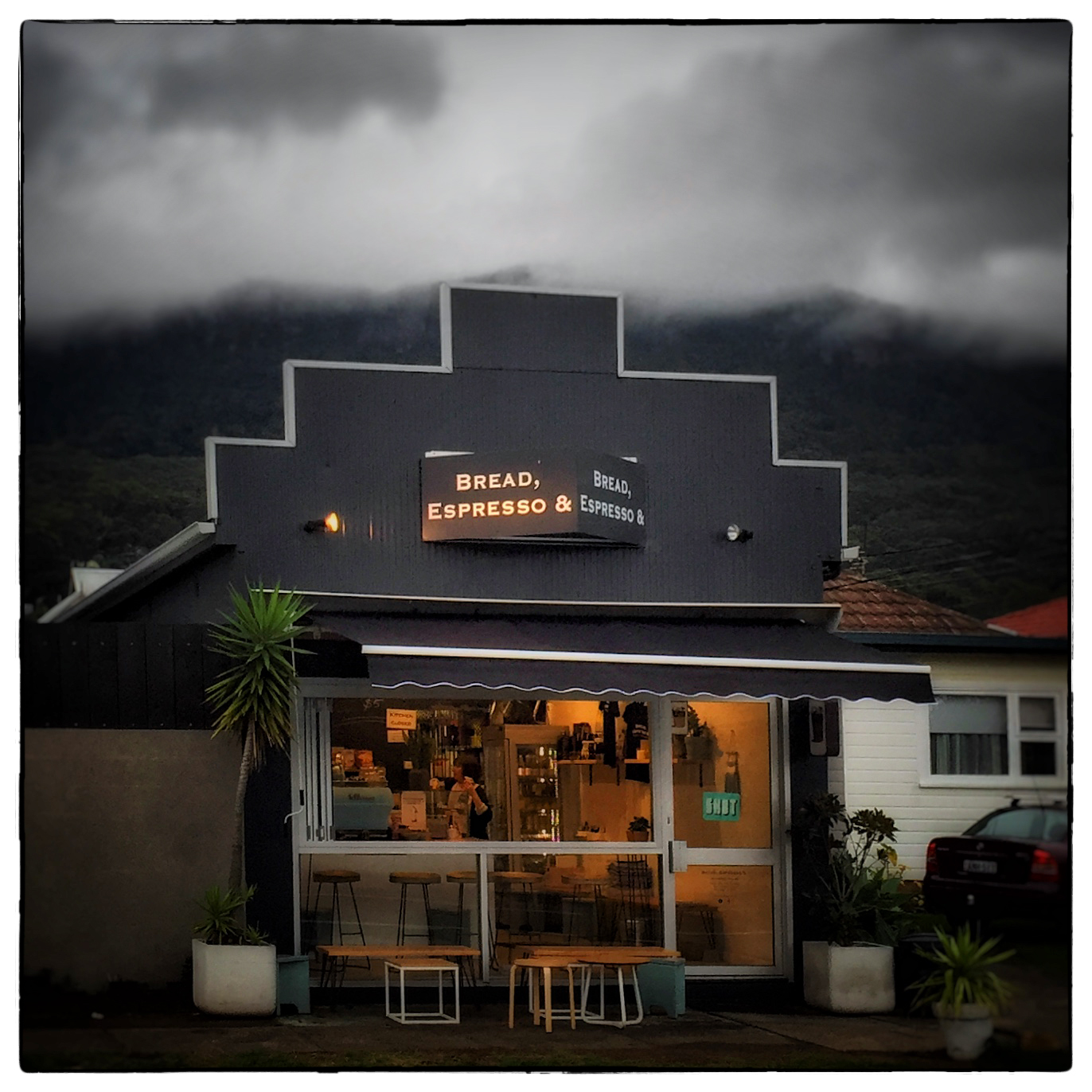
At times you have those moments that just grab you and make you appreciate the environment and nature around us all, and no doubt leaving little stories and memories to cherish.
One morning, while at my little gem in Thirroul, Bread, Espresso &, it happed this little Lorikeet flew onto the table I was sitting at. He was an inquisitive little bird, hopping closer, this little Lorikeet was also a coffee aficionado, carefully and slowly got my phone ready, I had to snap this image, Timing, Impeccable.

- Flavio Spedalieri -
Written: 26 September 2025
Updated: 30 September 2025
This Document Complies to W3C
XHTML 1.0 Strict Standards



